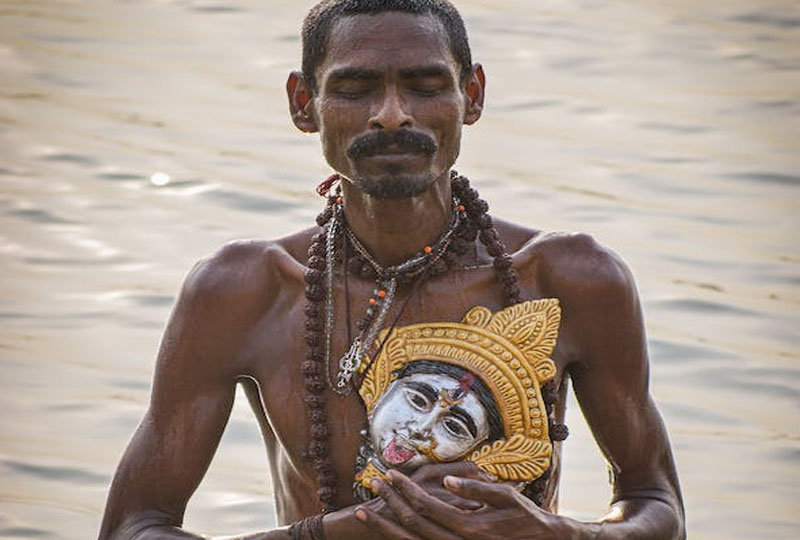Dakshineswar
Dakshineswar
Goddess Kali has many avatars, one of them being “Bhavatarini”. This form of the deity is enshrined within the famous Dakshineswar Kali Temple, located in the town of Dakshineswar, which lies on the Eastern bank of river Hoogly.
It is fabled that just before Rani Rashmoni of Janbazar, a devotee of Goddess Kali, was to embark on a pilgrimage to Varanasi, the goddess appeared in her dreams and bade her to build a shrine for her on the banks of the Ganges. Deeply affected by the vision, Rani Rashmoni had a temple constructed accordingly at Dakshineswar, which was opened in 1855 amid festivities. Interestingly, the land selected by Rani Rashmoni belonged in part to a European Christian and the other part was – amazingly – a Muslim burial ground. This adheres to her benevolent nature as she believed that people of all religious faiths should be allowed to offer their prayers at the temple.

The first head priest Ramkumar Chattopadhyay was succeeded by his brother Gadadhar, more famously remembered as Ramakrishna, along with his wife Sarada Devi.
The beautiful temple was constructed in the Nava Ratna technique and has nine spires in the two upper levels. It has steps leading up to it. The inner sanctum or “Garbha Griha” holds the idol of Kali standing on the chest of Lord Shiva, both placed on a magnificent thousand-petaled silver lotus. Twelve identical Shiva temples are situated on the banks of the river, six on each side. Towards the east side of the main complex is a Vishnu or Radha Kanta temple which houses idols of Lord Krishna and Radha.
The evening Aarti is the main attraction of the Dakshineswar Temple, especially every Amavasya. During Kali Puja every year, the premises are lit up breathtakingly and decorated lovingly and beautifully with flowers.
Dakshineswar is synonymous with Shri Ramkrishna Paranhans, a devout “bhakt” who viewed goddess Kali as the universal mother. The small room in which he and Sarada Devi stayed is still maintained in his memory and devotees who come to the temple can visit and pay their respects.
The Panchavati garden located nearby is so named because of the congregation of five ancient trees and is an ideal and popular spot for meditation.